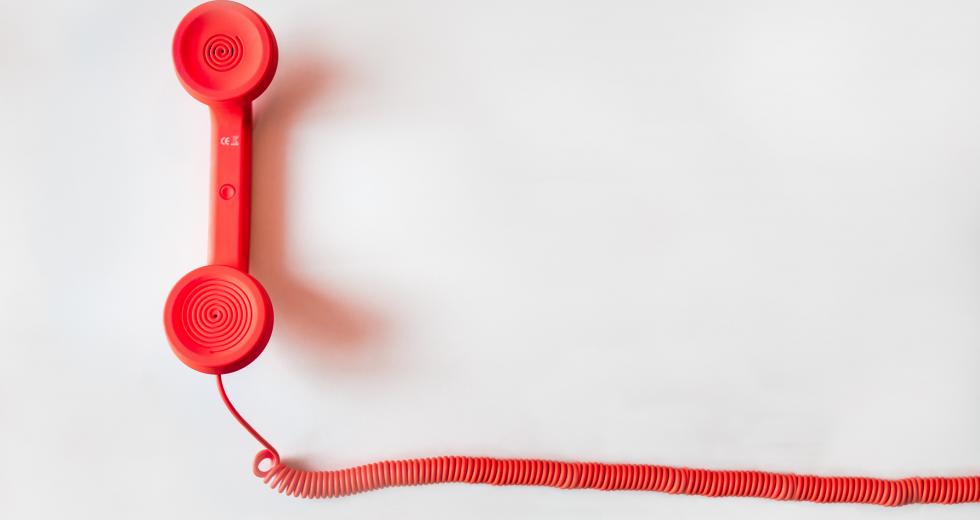Some of the most hated companies in the U.S. are also the most profitable.
Much of this consumer resentment may stem from poor customer service. In fact, most Americans have fought with phone menus, desperately seeking a live service agent to seek a refund.
In 2013, Americans spent an average of 13 hours disputing a purchase or resolving a problem with customer service.
As professors of marketing, we have examined why customer service continues to be so unsatisfactory even at many profitable companies.
Is Good Customer Service Unattainable?
Our research focuses on the structure and incentives of various customer service centers to explain why consumers perpetually experience hassles when seeking refunds.
What we found is not encouraging.
Many complaint processes are actually designed to help companies retain profits by limiting the number of customers who can successfully resolve their complaints.
The process involves a tiered structure in which all incoming inquiries start at “Level 1.” Level 1 may be a call center operator who listens to a complaint but acknowledges that there is nothing he can do.
Only by insisting to talk to a manager or threatening to leave the company do consumers come closer to obtaining a refund.
Forcing customers to talk to a computer, circulate through phone menus or sit on hold “while serving other customers” serves the same deterring role as that Level 1 call-center agent.
Saving Money With Smart Tech
By design, Level 1 agents are limited in their authority to compensate customers.
For example, one Indian call center that we visited forbade Level 1 agents from offering any monetary refunds.
Consumers may have noticed that companies’ call centers increasingly use automated chatbots to serve as Level 1 “agents.” The caller can talk with a human agent – at Level 2 or even higher – only after the chatbot’s AI technology recognizes that a customer is sufficiently unhappy with the process.
These smart technologies determine the caller’s level of anger by remotely monitoring the tone and pace of voice. If the level of anger reflects a chance the customer may leave the company, then the call is transferred to a more experience operator to handle the complaint.
This allows companies to exploit customers’ individual differences in age, race and gender so that only the “squeakiest wheels” are compensated.
Who Struggles With Bad Customer Service?
Not surprisingly, surveys show that chatbots are not improving customer service. This is especially true for certain segments of consumers above others.
Consumers experience hassles in different ways. For instance, navigating an online complaint process is generally harder for older people.
Additionally, African American and Latino customers are less inclined to complain than college-educated whites.
In addition, women get more annoyed than men when dealing with bad customer service.
This all suggests that the tiered process may hit vulnerable groups in our society harder. Therefore, elderly customers and some minority groups will be less inclined to obtain a refund.
Bad Customer Service Doesn’t Harm Profits
It seems puzzling, therefore, to see companies repeatedly pledge that they are committed to great customer service.
For example, Comcast states that “Our customers deserve the best experience every time they interact with us,” but consumers are increasingly unsatisfied with their service.
Even United Airlines, whose poor customer service inspired a song and video with nearly 20 million views, claims to offer a “level of service to our customers that makes [United] a leader in the airline industry.”
But our research suggests that in markets without much competition, companies are more likely to implement a tiered complaint process and profit from the reduced payouts to customers.
This explains why internet service providers, airlines and cable companies consistently receive the ire of survey respondents.
—
Anthony Dukes is a professor of marketing at the University of Southern California; Yi Zhu is an associate professor of marketing at the University of Minnesota.
This commentary originally appeared on TheConversation.com. To get more academic and business insight, sign up for The Conversation’s newsletter by clicking or tapping here.



